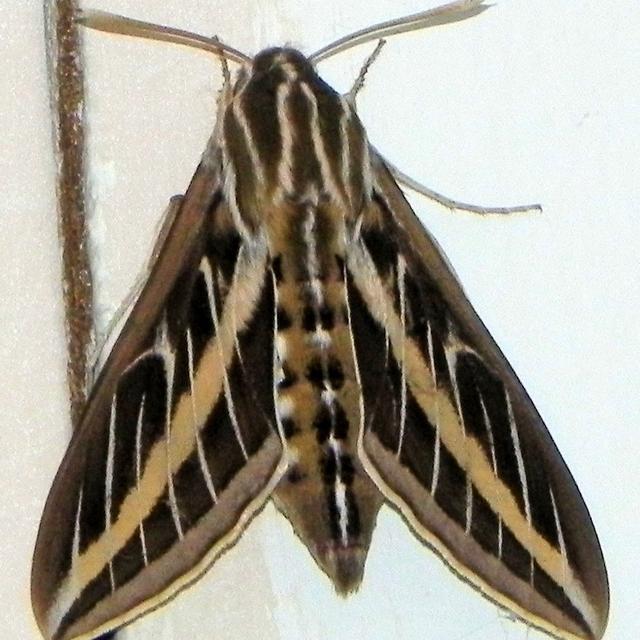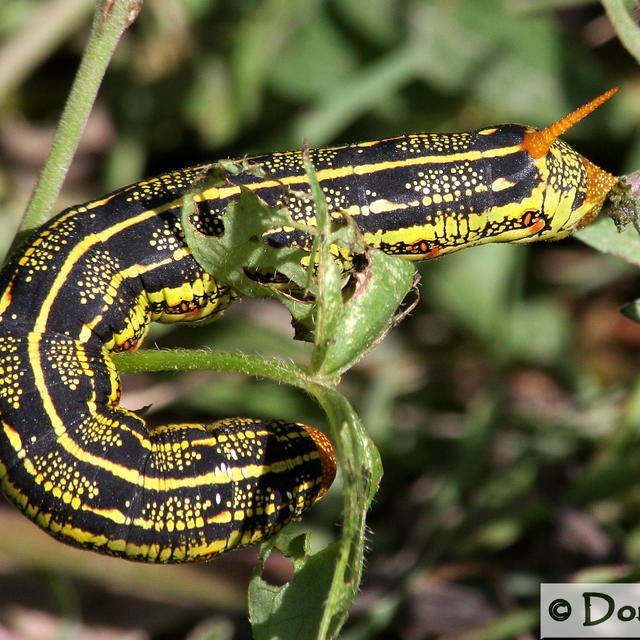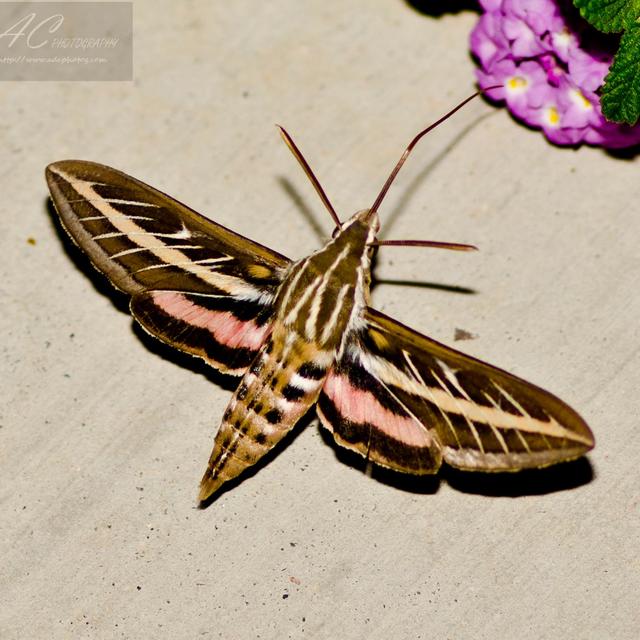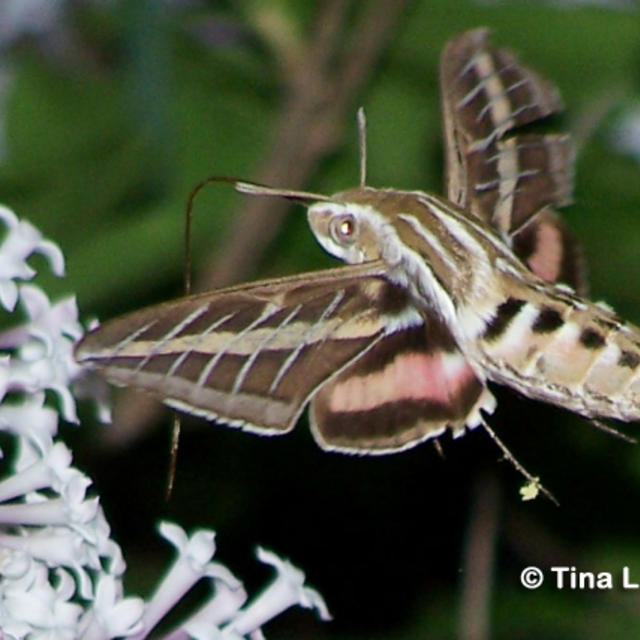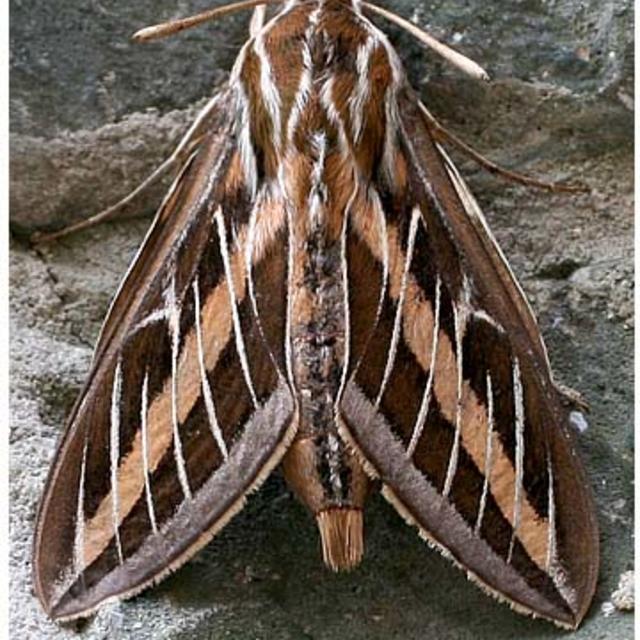White-lined Sphinx
Hyles lineata (Fabricius, 1775)
Family: Sphingidae
Subfamily: Macroglossinae
Identification: Upperside of forewing is dark olive brown with paler brown along the costa and outer margin, a narrow tan band running from the wing tip to the base, and white streaks along the veins. Hindwing upperside is black with a reddish pink median band.
Wing Span: 2 7/16 - 3 9/16 inches (6.3 - 9 cm).
Life History: Adults usually fly at dusk, during the night, and at dawn, but they will also fly during the day. Caterpillars pupate in shallow burrows in the ground. Massive population buildups occur which stimulate emigrations to colonize more northern areas.
Flight: . Two broods from February-November.
Caterpillar Hosts: A great diversity of plants including willow weed (Epilobium), four o'clock (Mirabilis), apple (Malus), evening primrose (Oenothera), elm (Ulmus), grape (Vitis), tomato (Lycopersicon), purslane (Portulaca), and Fuchsia.
Adult Food: Nectar from a variety of flowers including columbines, larkspurs, petunia, honeysuckle, moonvine, bouncing bet, lilac, clovers, thistles, and Jimson weed.
Habitat: A wide variety of open habitats including deserts, suburbs, and gardens.
Range: Central America north through Mexico and the West Indies to most of the United States and southern Canada. Also occurs in Eurasia and Africa.
Conservation: Not usually required.
NCGR: G5 - Demonstrably secure globally, though it may be quite rare in parts of its range, especially at the periphery.
Management Needs: Occasional outbreaks of caterpillars have damaged tomatoes, grapes, and garden crops in Utah.
Get your BAMONA Gear!
Please donate!
We depend on donations to keep Butterflies and Moths of North America freely available. We want to express our gratitude to all who showed their support by making a contribution this year. You can donate to support this project at any time.
Advertise with us!
Do you have a product or service that you think would interest BAMONA users? If you would like to advertise on this website, contact us by email, or use the contact form and select the "Advertising" category.
Verified Sightings
Displaying 73 - 96 of 2705 verified sightings
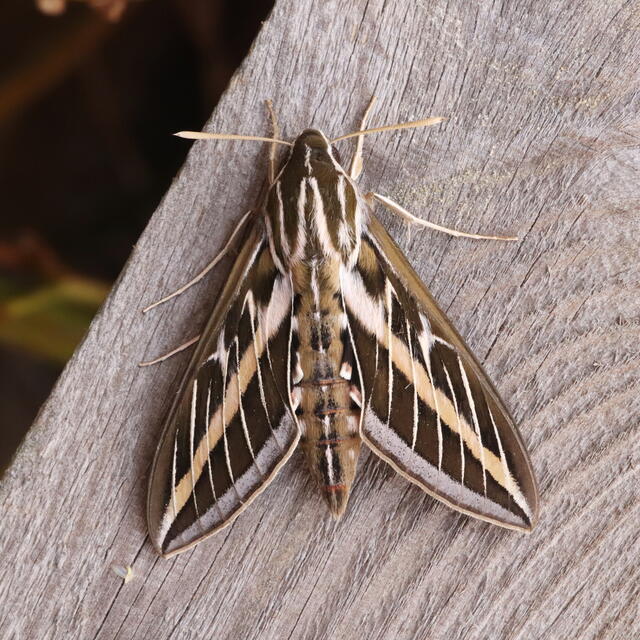
Observation date: Aug 24, 2023
Submitted by: Bob Jacobson
Region: Chippewa County, Wisconsin, United States
Verified by: Ilona L.
Verified date: Sep 06, 2023
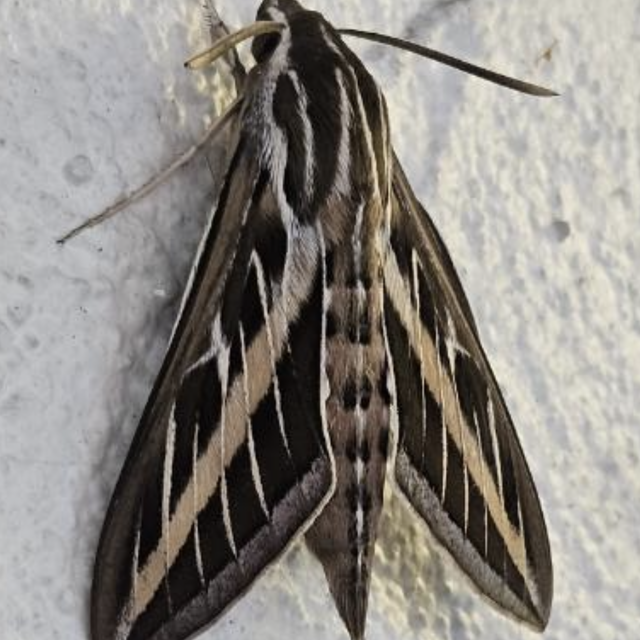
Observation date: Aug 22, 2023
Submitted by: rachschaar
Region: Santa Clara County, California, United States
Verified by: mcduck
Verified date: Sep 06, 2023
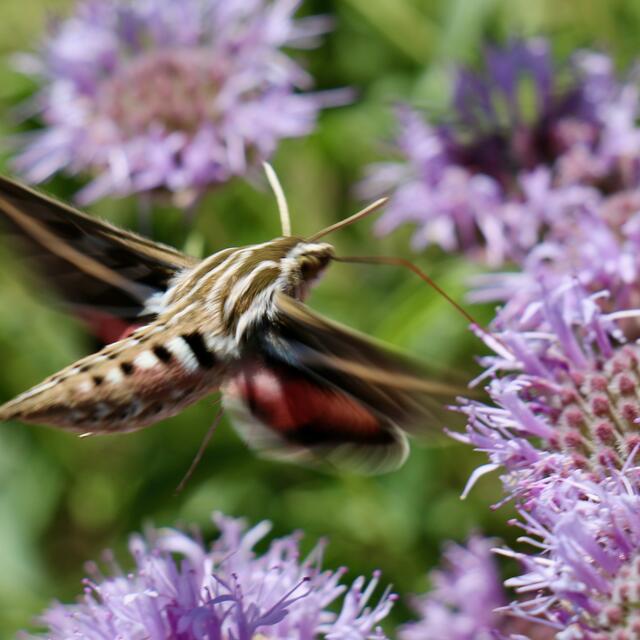
Observation date: Aug 12, 2023
Submitted by: Dobber31
Region: Mono County, California, United States
Verified by: mcduck
Verified date: Sep 06, 2023

Observation date: Aug 22, 2023
Submitted by: hasfitz5
Region: California, United States
Verified by: mcduck
Verified date: Sep 06, 2023
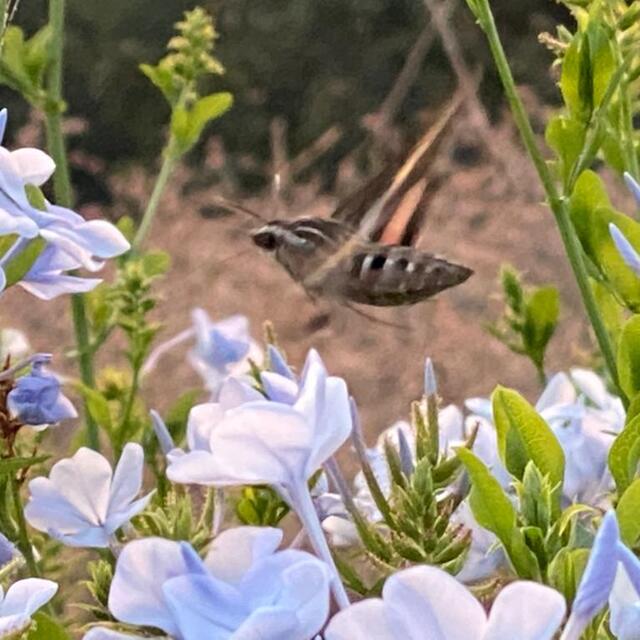
Observation date: Aug 31, 2023
Submitted by: mstanek
Region: Ventura County, California, United States
Verified by: mcduck
Verified date: Sep 06, 2023
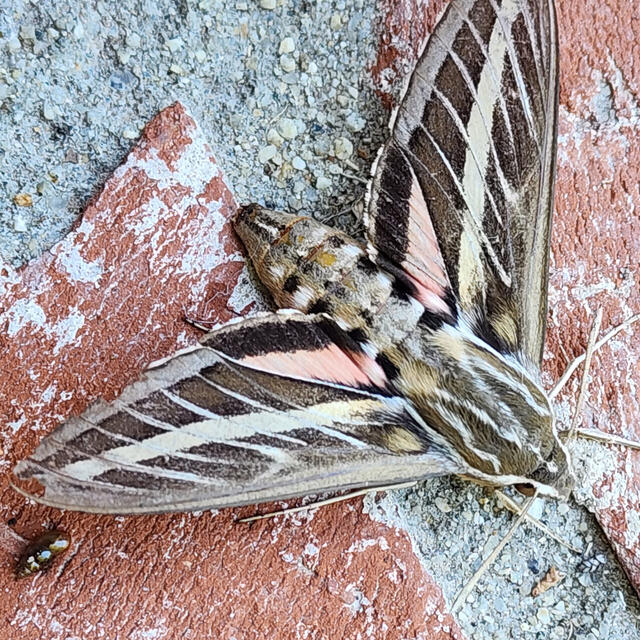
Observation date: Aug 29, 2023
Submitted by: veraz
Region: Los Angeles County, California, United States
Verified by: mcduck
Verified date: Sep 06, 2023

Observation date: Sep 02, 2023
Submitted by: powellmd136
Region: Milwaukee County, Wisconsin, United States
Verified by: Ilona L.
Verified date: Sep 03, 2023
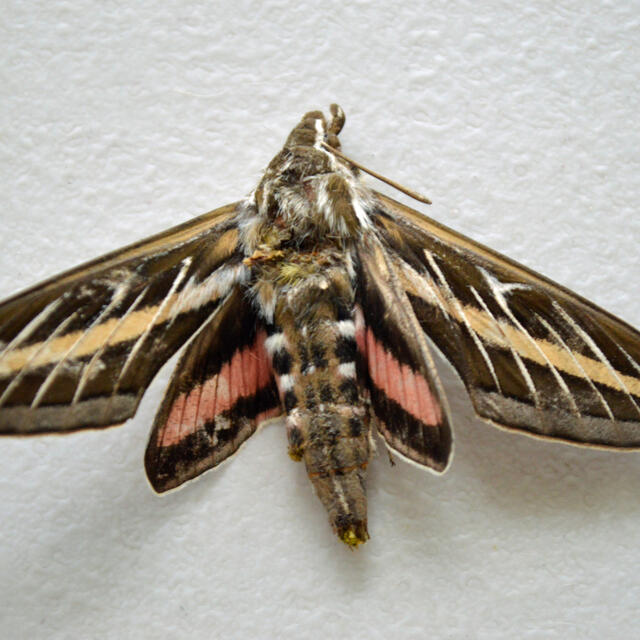
Observation date: Aug 26, 2023
Submitted by: Luna-Linuche.76
Region: Klamath County, Oregon, United States
Verified by: J_Martineau
Verified date: Aug 29, 2023
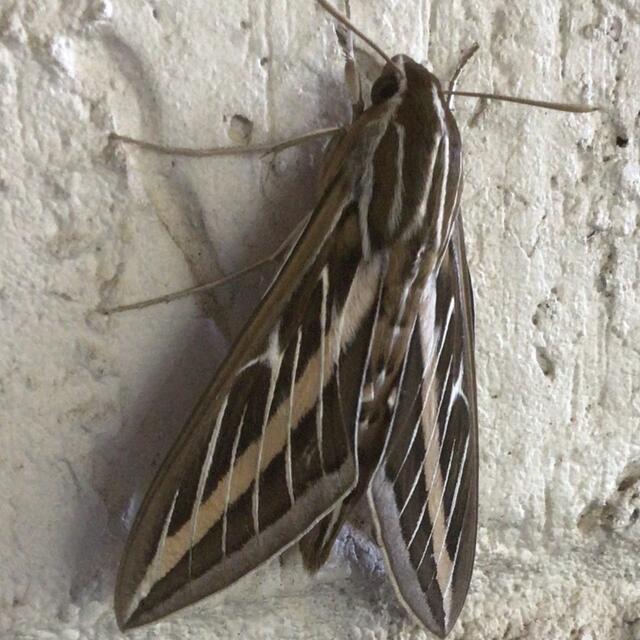
Observation date: Aug 11, 2023
Submitted by: inthelikeness
Region: Comanche County, Texas, United States
Verified by: stomlins701
Verified date: Aug 28, 2023
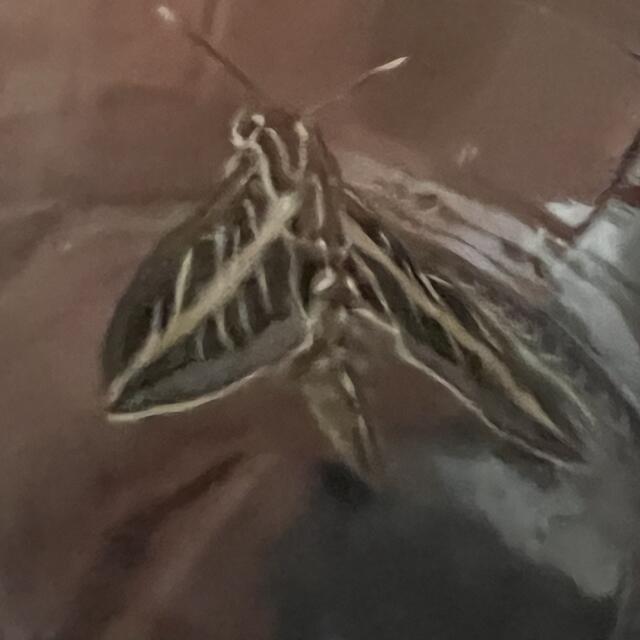
Observation date: Aug 28, 2023
Submitted by: FaceLessAngel
Region: Rice County, Kansas, United States
Verified by: James Steen
Verified date: Aug 28, 2023
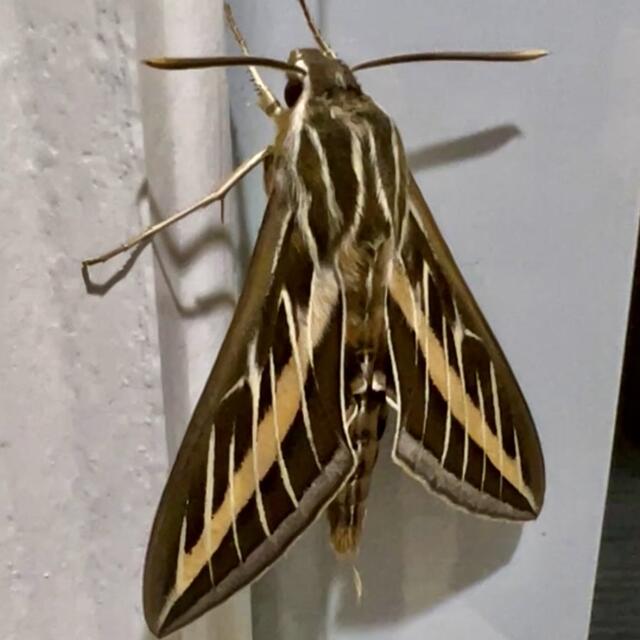
Observation date: Aug 25, 2023
Submitted by: CL1858
Region: Kenosha County, Wisconsin, United States
Verified by: Ilona L.
Verified date: Aug 26, 2023

Observation date: Aug 26, 2023
Submitted by: Ahimelick
Region: Marion County, Indiana, United States
Verified by: rogerdowner
Verified date: Aug 26, 2023

Observation date: Jun 07, 2019
Submitted by: Torripines
Region: Bernalillo County, New Mexico, United States
Verified by: jwileyrains
Verified date: Aug 26, 2023

Observation date: Aug 09, 2023
Submitted by: Karen Richardson
Region: Teton County, Wyoming, United States
Verified by: J_Martineau
Verified date: Aug 24, 2023

Observation date: Aug 21, 2023
Submitted by: brianaddie@yahoo.com
Region: Los Angeles County, California, United States
Verified by: mcduck
Verified date: Aug 23, 2023

Observation date: Aug 16, 2021
Submitted by: JudyLY
Region: Otero County, New Mexico, United States
Verified by: jwileyrains
Verified date: Aug 21, 2023

Observation date: Apr 05, 2022
Submitted by: Chrustay
Region: Curry County, New Mexico, United States
Verified by: jwileyrains
Verified date: Aug 21, 2023

Observation date: May 02, 2017
Submitted by: DavidCyndi
Region: Bernalillo County, New Mexico, United States
Verified by: jwileyrains
Verified date: Aug 21, 2023

Observation date: May 05, 2017
Submitted by: Jen Morrison
Region: Utah, United States
Verified by: James Steen
Verified date: Aug 21, 2023

Observation date: Apr 22, 2017
Submitted by: Mstump
Region: New Mexico, United States
Verified by: jwileyrains
Verified date: Aug 21, 2023
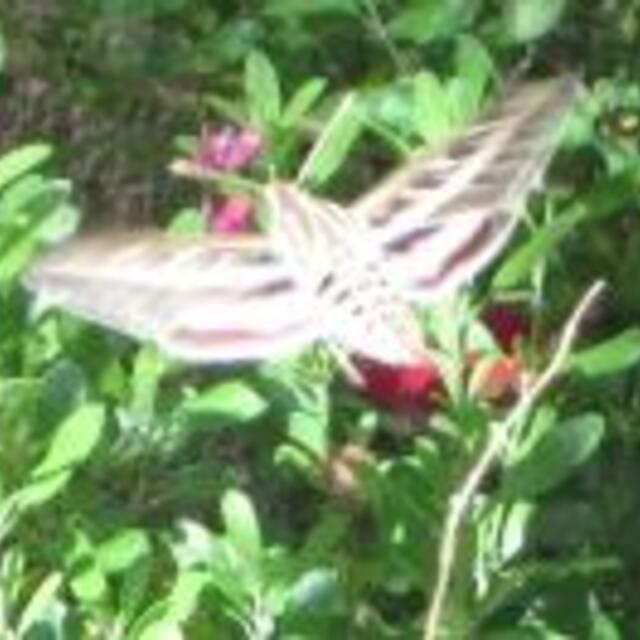
Observation date: Apr 27, 2017
Submitted by: karenapg
Region: Bernalillo County, New Mexico, United States
Verified by: jwileyrains
Verified date: Aug 21, 2023

Observation date: Jun 20, 2017
Submitted by: David Jones
Region: New Mexico, United States
Verified by: jwileyrains
Verified date: Aug 21, 2023

Observation date: Jul 17, 2018
Submitted by: Cactuswren1976
Region: Santa Fe County, New Mexico, United States
Verified by: jwileyrains
Verified date: Aug 21, 2023

Observation date: Jul 29, 2018
Submitted by: NMLyn
Region: Santa Fe County, New Mexico, United States
Verified by: jwileyrains
Verified date: Aug 21, 2023
- ‹ previous
- 4 of 113
- next ›


